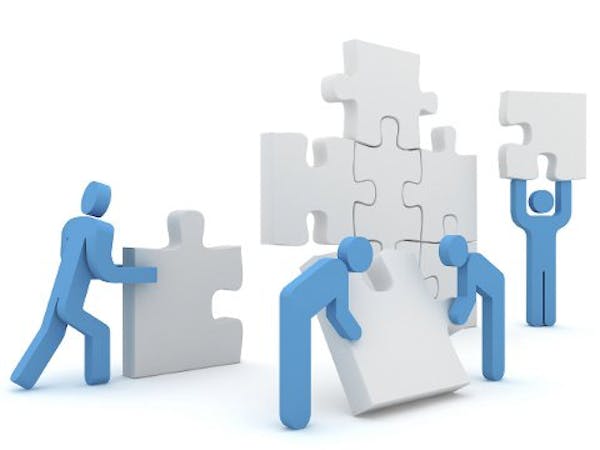Learn, do, earn with Dynamics 365 - Session 2
Ana DemenyDynamics 365 Overview
Dynamics 365 is a very big and complex product, so before diving into our course for MB2-717, I felt it was important to do a brief description of Dynamics 365.
But I'll start with the best news: I got a microphone and I love it! Makes me feel such a rock star!
Now back to business. The main areas of Dynamics 365 are:
Marketing:
Dynamics 365 Marketing mostly deals with Marketing Lists and Campaigns. Now, I'm not going to lie, the marketing stuff is not great in Dynamics. You have to put together marketing lists and then send out emails, based on that. I am hopeful however, on the new marketing capabilities. This is all in preview. It will orchestrate marketing campaigns and will provide a direct connection between marketing and sales, making it easy for you to figure out how successful your strategy is. You can try it out here.
Sales:
The Sales module is the area we are most interested in, for our exam. The most important aspects of it are the Lead to Opportunity process.
Service:
Mostly deals with Cases, Entitlements and the Knowledge Base. The Service module in Dynamics 365 is efficient and often used by companies to deal with complaints.
Operations:
Dynamics 365 for Operations is the ERP part of Dynamics 365. We will not cover any of it in our sessions, but you can read more about it here.
This was just to see what the full Dynamics 365 suite looks like. We then talked about Entities, Relationships and the Help Hub.
Entities are containers for information, in Dynamics 365. They are used to model and manage data. We use entities everywhere. They can relate to each other, we add behaviour to them and the way we design them really matters. I've explained a bit about the CRM structure and backend here.
Relationships can be:
Why am I on about this? It's because after creating an entity, adding fields and relationships, is really hard to remove it. We should be fairly certain on how we want to do things, because going back is not easy.
This is why we should draw an entity relationship diagram(ERD) before we actually start working and entering data in CRM. Once again. Deleting data... Not a walk in the park. An ERD looks something like this, but much more complicated. You get the gist:
Last but not least, the Help and Training business is pretty cool. You can access it everywhere in Dynamics 365 and it will show general info, as well as contextual help, depending on where you are. For example, I'm looking for help with regards to Leads, so it will open the Sales->Lead page:
All and all, our roadmap looks like this, so far:

See you Tuesday! :)
